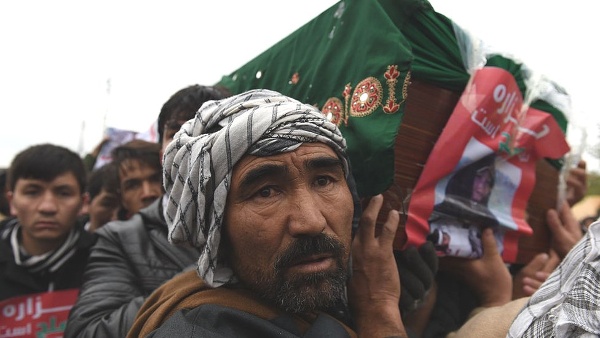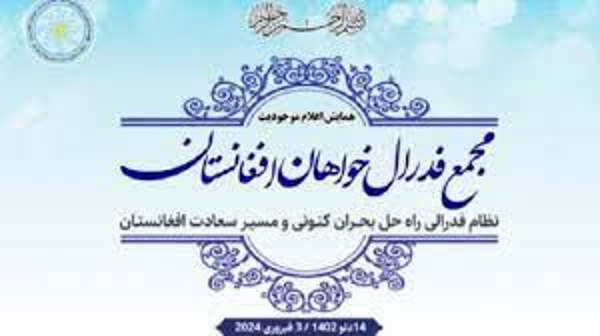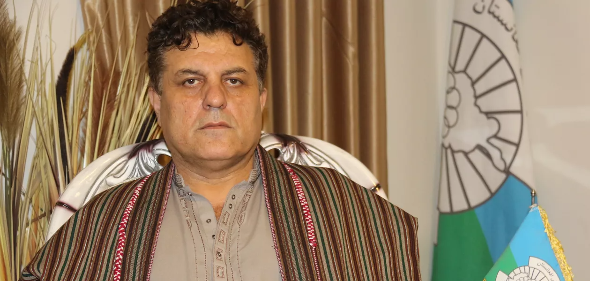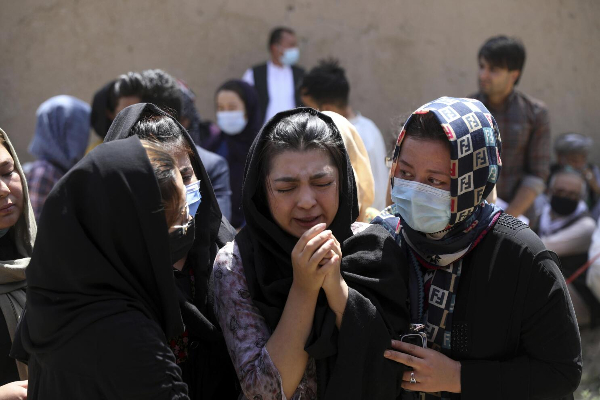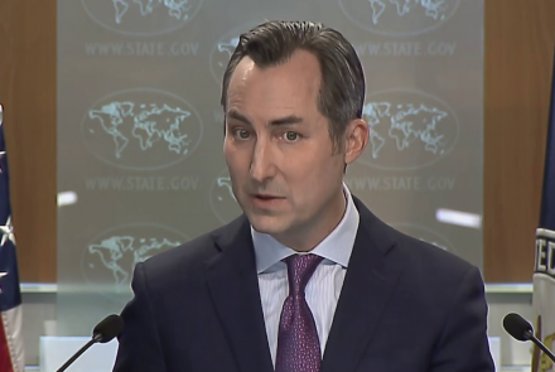image1
by Ahmed Sial
Young Ahmed was nervous. He tried to occupy his mind by looking out the window of the car and started watching the cars, rickshaws and pedestrians passing by as they went about their daily business.
Ahmad (pseudonym) did not know where he was going but he knew that the driver and his handler Ikram, who belonged to the militant outfit Tehreek-e-Taliban Pakistan (TTP) active in Pakistan, would stop the vehicle anywhere. can order to get out and move around the place, until he receives a specific code word via text message from the commander in chief in Khost, Afghanistan, which he has memorized over the past two weeks.
He also knew that this was the last day of his life because the commander had told him thousands of times of this high purpose and that a great reward in heaven would immediately press the button hidden under his pocket. , which was connected by two wires to the heavy explosive packets strapped around his chest under his shirt.
He was strictly instructed to stand inconspicuously at the point where he would be disembarked and wait for the commander to proceed.
Just stop here’ Ikram ordered the driver. As the car stopped, he looked out the window and saw the busy intersection where dozens of ordinary Pakistanis were shopping for winter clothes.
He felt as if he could sense everyone who passed by on the street. The moment he had been training for for the past three months was finally coming. After leaving the car, Ahmed was lost in his thoughts, when the phone given by the handler rang. He saw the message which read ‘Loy Afghanistan’.
Ahmad Fon could hear his heart beating as he felt a small button under his thumb inside his pocket. He saw many faces around him and pressed the button. Ahmed felt nothing at first, then suddenly there was a flash of bright light and everything was gone.
Ahmed’s story is not the only or the first such incident, but it is a serious problem that many people on both sides of the Pakistan-Afghanistan border are facing. For decades, poor families living on both sides of the border have been facing the most terrifying reality, whose children are kidnapped or smuggled into Afghanistan-based extremist organization TTP and sent to the Afghan provinces bordering Pakistan. I am sent for training in centers.
The TTP’s exploitation of local people, usually in the name of religion, and sending them across the border for massacres is a practice that needs to be talked about, highlighted and stopped, which is not only a There is a threat to the security, safety and stability of the country and the entire region.
The results of such tactics on the ground are also evident in the statistics. In 2023, 75 percent of suicide bombings in Pakistan involved Afghan nationals. The question is, where do these young suicide bombers come from? What tempts them to leave their homes, train terrorists and blow themselves up somewhere in Pakistan? Do they do it themselves or are they encouraged by an enemy country or non-state actors or someone else? You have to decide for yourself.
The situation is that the TTP takes young boys from some villages on both sides of the border to training centers in central Afghanistan to make PBIEDs (Personal Borne Improvised Explosive Devices, also known as suicide bombers). The going seems easy. It would be remiss not to understand the social and economic conditions of rural Afghanistan, which are a vital part of the delivery system for suicide bombers.
Suicide attacks are the preferred method adopted by the TTP and other extremist organizations in Afghanistan because they are more lethal and destructive than other terrorist attacks. In this way, the TTP can easily conceal weapons, make last-minute adjustments, and since these are suicide attacks, they do not need to escape or rescue their assailants, nor do they need remote control and time. Bombs rattle.
According to the statistics, although only four percent of all terrorist attacks worldwide between 1981 and 2006 were suicides, these attacks accounted for 32 percent of the deaths (14,599). Ninety percent of suicide attacks occurred in Afghanistan, Iraq, Israel, the Palestinian Territories, Pakistan, and Sri Lanka, while as of mid-2015, nearly three-quarters of all suicide attacks occurred in just three countries: Afghanistan, Pakistan, and Iraq.
Suicide attacks are seen as a weapon of psychological warfare aimed at instilling fear in the population, limiting the areas where people feel safe and eroding the fabric of trust that binds societies together. TTP knows this and is taking advantage of it all.
Much of the cost is borne by poor families who are left with no options and often take away the sole breadwinner of the next generation. This shows the extent to which the TTP can go to achieve its terrorist objectives.
The most troubling aspect of this is that in 90% of cases, most of the children and young boys taken from homes for suicide want to return or their parents do everything possible to bring them back. are
Despite this, the TTP has continued its crackdown and is holding dozens of children against their will in dark caves and terror training centers.
